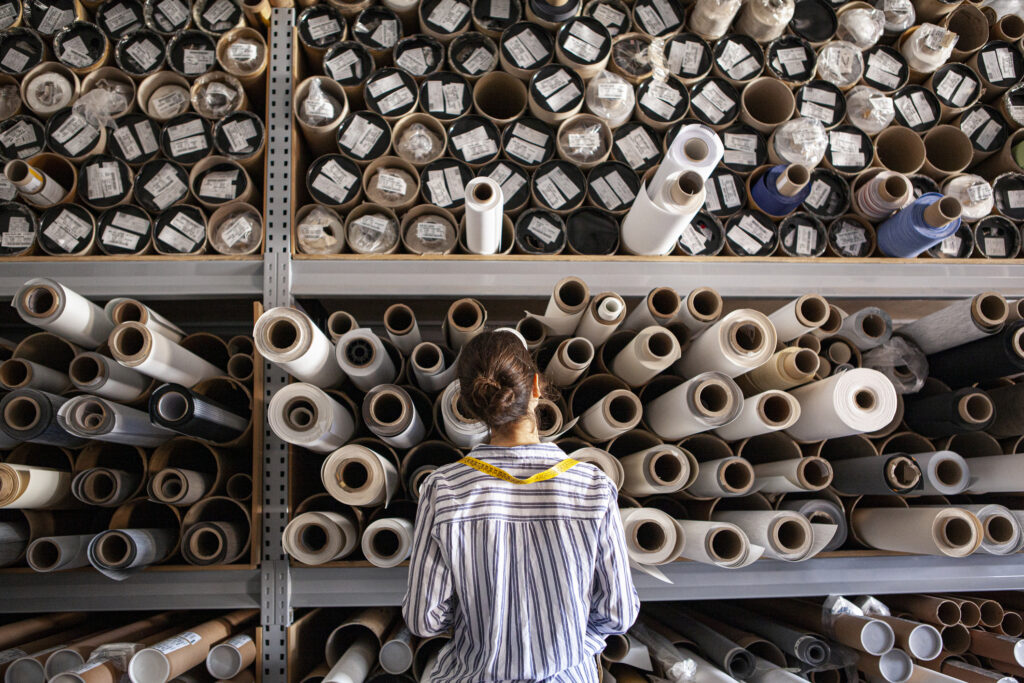Luxury fashion and sustainability have had a rocky relationship—kind of like celebrities and subtlety. For years, high-end brands thrived on excess, exclusivity, and let’s be honest, a lot of waste. But times are changing. With climate concerns growing and consumers demanding eco-friendly alternatives, luxury fashion is trying to clean up its act. Can designer brands really be sustainable, or is it just another well-dressed illusion? Let’s break it down.
The Old-School Mindset: Luxury Wasn’t Built for Sustainability
For decades, luxury fashion was all about rarity, expensive materials, and sky-high price tags. The more exotic the fabric, the better. Ethical production? Not exactly a priority. Designers focused on exclusivity, not eco-friendliness, and sustainability was left to hemp-wearing brands that smelled vaguely of patchouli. But that mindset is finally shifting, and not just because customers are calling them out.
Why Luxury Brands Are Finally Paying Attention
The fashion industry is one of the biggest polluters on the planet—second only to oil. Between water-hungry cotton, toxic dyes, and mountains of waste, luxury brands have realized they can’t keep ignoring the impact. Plus, younger buyers actually care about sustainability. If a brand isn’t making an effort to be eco-friendly, Gen Z will cancel them faster than a poorly thought-out influencer apology.
Sustainable Fabrics Are the New Status Symbol
Cashmere and silk? Nice, but have you heard of mushroom leather and recycled ocean plastic? High-end designers are swapping out traditional fabrics for innovative, eco-friendly alternatives. Stella McCartney, the queen of sustainable luxury, has been using plant-based leathers and biodegradable materials for years. Other brands are following suit, proving that you don’t need animal hides to make a statement.
The Rise of Circular Fashion (Because One-Time Wear Is Out)
Sustainability isn’t just about what clothes are made of—it’s also about how long they last. Luxury brands are embracing circular fashion, which means designing pieces to be worn, repaired, and eventually recycled instead of tossed out. Brands like Hermès now offer repair services for their iconic bags, because let’s be real—if you’re dropping five figures on a purse, you should be able to pass it down like a family heirloom.
Rental and Resale: Designer Fashion Without the Waste
Buying a $5,000 dress for one event? That’s old-school. The new wave of sustainable luxury includes high-end rental services and secondhand designer marketplaces. Sites like The RealReal and Vestiaire Collective are making it chic to buy pre-loved luxury, proving that sustainability and exclusivity can go hand in hand. Even major brands are jumping in, launching their own resale platforms to keep their pieces in circulation (and, let’s be honest, keep making money off them).
Greenwashing or Genuine Change?
Not all “sustainable” luxury initiatives are what they seem. Some brands love to slap the word “eco” on their collections without actually changing much. Greenwashing—when companies pretend to be environmentally friendly for marketing points—is rampant in the industry. If a brand releases a “sustainable” collection but still burns unsold stock at the end of the season, something isn’t adding up. Consumers are getting smarter, and they’re holding brands accountable.
Ethical Labor: The Other Side of Sustainability
Sustainability isn’t just about saving the planet—it’s also about fair treatment of workers. Luxury brands are under increasing pressure to ensure ethical labor practices, from paying fair wages to eliminating sweatshops. Some companies are leading the charge with transparency, while others are still suspiciously quiet about where their clothes are actually made. A truly sustainable brand should care about both the environment and the people making their products.
Vegan Fashion: Trendy or Truly Sustainable?
Vegan leather is having a moment, but is it really better for the planet? Some brands are ditching animal products in favor of synthetic alternatives, but if those materials are made of plastic, they’re still polluting the earth. The future of vegan fashion lies in bio-based alternatives like lab-grown leather and plant-derived textiles that don’t require toxic chemicals or endless resources.
The Future of Sustainable Luxury: High-Tech and High-Fashion
The next wave of luxury fashion is looking futuristic, with brands experimenting with lab-grown fabrics, AI-designed clothing, and even biodegradable couture. Imagine a dress that composts itself after a few years or a handbag made from actual carbon captured from the air. The future of fashion is getting high-tech, and sustainability is becoming a core part of innovation.
Can Luxury Fashion Really Be Sustainable?
The truth? It’s complicated. Luxury fashion still has a long way to go, but real progress is happening. Brands that once thrived on waste are now embracing sustainability as a selling point—and not just because it looks good on a press release. With better materials, ethical practices, and smarter production, high-end fashion can be sustainable. The key is holding brands accountable and making sure they walk the walk, not just talk the talk.
Luxury and sustainability don’t have to be opposites. With the right approach, high fashion can be both glamorous and responsible. So next time you’re eyeing that designer piece, ask yourself—does it look good and do good? If the answer is yes, then congratulations: you’re officially a stylish environmentalist.

